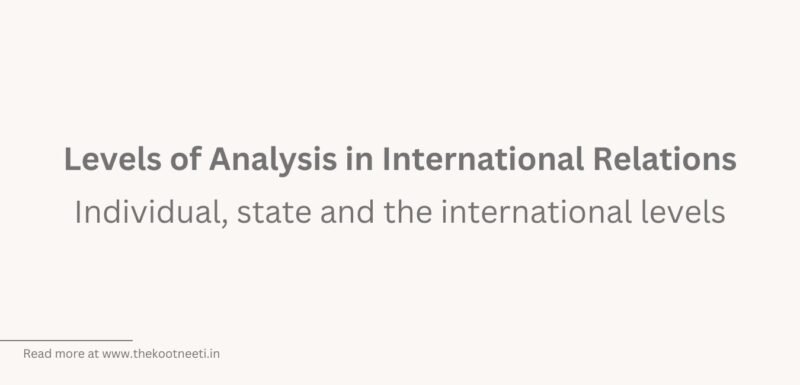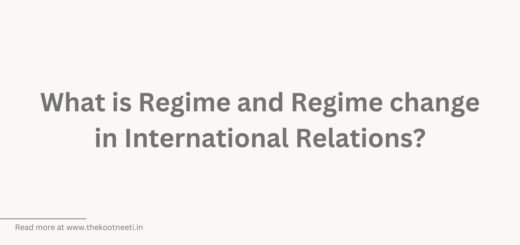Levels of Analysis in International Relations

In International Relations, the levels of analysis refer to different levels at which one can study or analyze global politics. There are three main levels of analysis: the individual level, the state level, and the international level. Each level offers a different perspective on the causes and consequences of international relations and foreign policy.
- Individual level: This level of analysis focuses on the role of individual actors, such as politicians, government officials, and individual citizens, in shaping international relations. For example, an individual-level analysis might examine how the personal beliefs or motivations of a political leader influence their foreign policy decisions.
- State level: This level of analysis looks at the role of states and governments in shaping international relations. It considers factors such as a state’s military capabilities, economic power, and political institutions as they relate to its foreign policy.
- International level: This level of analysis examines the role of international organizations, such as the United Nations or the World Trade Organization, in shaping global politics. It also looks at the role of global economic and cultural forces, as well as the interaction between states in the international system.
Each of these levels of analysis can be useful in understanding different aspects of international relations and foreign policy. For example, an individual-level analysis might be useful in understanding the motivations behind a particular leader’s foreign policy decisions, while a state-level analysis might be more useful in understanding the broader factors that influence a state’s foreign policy.


















